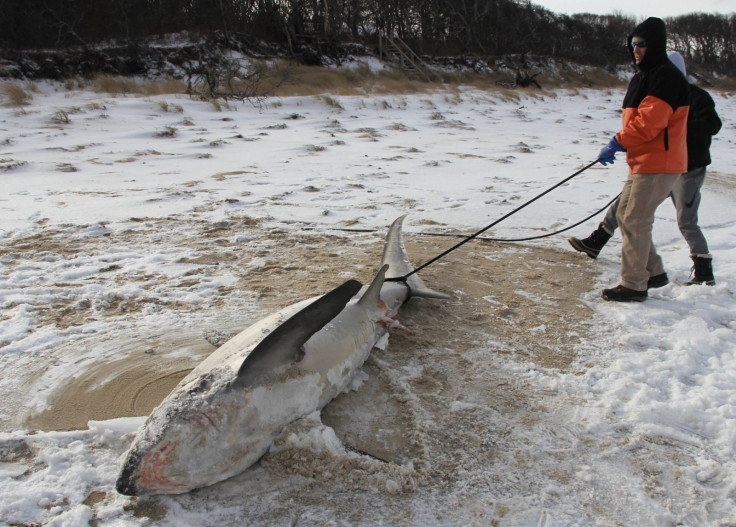2017 was the new warmest year on record discounting El Nino influence
It was the second warmest year overall, with 2016 holding the record.
Just as a cold snap is sweeping across the eastern coast of the US, scientists have found that 2017 was the warmest year on record without any El Niño-influenced heating. It is the second warmest year on record when El Niño is accounted for, with 2016 being the hottest.
Copernicus Climate Change Service (C3S), a European climate research agency, using the "first complete datasets", found that 2017 was an exceptionally warm year. It is the third consecutive year to record such high temperatures. The announcement comes after analysing data that stretches back to the 1800s, according to a report in Discover Magazine.
The year 2016 was as warm as it was because of strong El Niño-cycling periods of high temperatures on the surface of the Pacific Ocean which influences global temperatures.
In fact, 2017 was an El Niña year meaning, instead of warmth, the Pacific has a cooling effect on the weather. The finding by C3S is in line with the findings of the Japan Meteorological Agency (JMA). In the coming days, reports from Nasa, the NOAA, and the UK Met Office will also be released. Over the years, most of these reports have more or less been in agreement.
The nor'easter that is responsible for the extremely cold and icy conditions in the US is a stark reminder that even the warmest years caused by human activity cannot really replace winter. It has also led to discussion among climate scientists on how global warming can and has influenced extreme weather, both warm and cold across the planet, over the years.
One of the theories speaks of the difference in temperature rise between the Arctic and lower latitudes. When this happens, jet streams weaken, get wavy, and remain in this orientation long enough for cold Arctic air to spill south, pushing warm, moist air further north in return. When the cold dry air and warm moist air interact, they swirl into a bomb cyclone like the one happening right now in the US. When this happens over an ocean, the moisture present in the atmosphere over waters gives it an additional boost.
Right now, the coast off the Carolinas, all the way up to Canada, is dramatically warmer than usual. This jet stream theory put forward by Jennifer Francis and colleagues at Rutgers is still speculation, an attempt to understand what really is going on right now. There is data coming in to support the theory, but it is yet to be established as a fact and is still up for debate.
Also, while the proposition is able to successfully describe what is happening now, it would be inaccurate to assume that the east coast blizzard is caused only by global warming. While there are several disagreements among scientists, what most of them agree on is that severe weather conditions are bound to get worse in the coming years. Warming is happening, the climate is changing, this much is absolutely certain.






